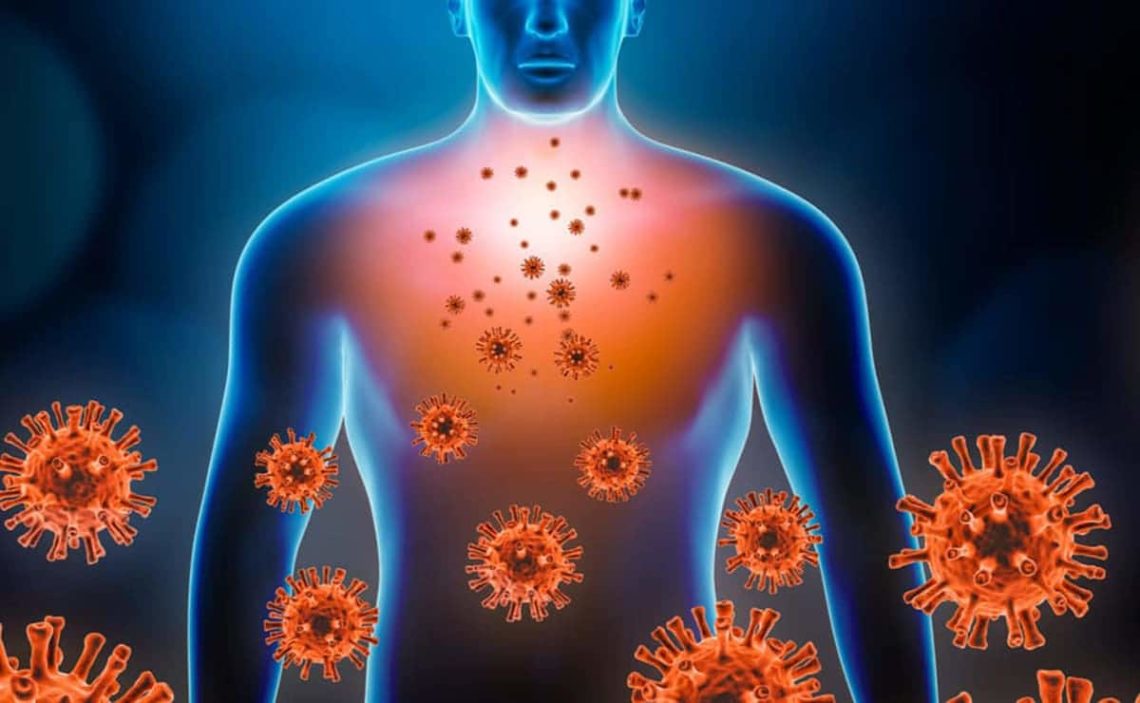
- 28-06-2023
How the Immune System Protects the Body: Physiology of Defense Mechanisms
At Samanvay Hospital, we understand the importance of the immune system in general health. We have the best physician and doctors to solve your every health-related problem.
In this blog, we will explore the physiology behind the immune system's defence mechanisms, revealing its defence systems.
1. Physical and chemical barriers are the first line of defence.
The immune system's initial line of defence consists of physical and chemical barriers that prevent the entry of pathogens into the body. The skin works as a physical barrier, producing an immune shield against germs. Mucous membranes in the respiratory, gastrointestinal, and genitourinary tracts produce mucus, which serves as a sticky trap for invaders. In the respiratory system, cilia, tiny hair-like structures, move the mucus along with trapped particles out of the body.
Furthermore, various enzymes and acids found in saliva, tears, and stomach acid exhibit antimicrobial properties, bolstering the first line of defence.
2. Innate Immunity: Rapid Response
Innate immunity provides a rapid, nonspecific response to pathogens. It relies on specialized cells known as phagocytes, including macrophages and neutrophils, which engulf and digest foreign invaders. Natural killer cells are another crucial component of innate immunity, capable of directly killing infected cells. Additionally, the release of chemical signals called cytokines helps recruit more immune cells to the site of infection, amplifying the response.
The complement system, a group of proteins, also plays a vital role in innate immunity by identifying and destroying microbes through a cascade of reactions.
3. Adaptive Immunity: Targeted Defense
Adaptive immunity is a more specific defence mechanism that recognizes and targets particular pathogens. This immunity is orchestrated by white blood cells called lymphocytes, primarily B and T cells. B cells produce antibodies that bind to pathogens, neutralizing them or marking them for destruction by other immune cells. T cells, on the other hand, can directly destroy infected cells or coordinate immune responses. The adaptive immune response is highly adaptable and can generate a diverse range of specific responses tailored to the encountered pathogen.
4. Immunological Memory: Long-lasting Protection
One amazing trait of the immune system is its capacity to recall earlier interactions with infections. Memory cells, generated during infection, persist in the body even after the pathogen is eliminated. If the same pathogen reinvades, memory cells mount a rapid and robust response, leading to quicker clearance and preventing severe illness. This immunological memory forms the basis of long-lasting protection provided by vaccines.
Vaccines expose the immune system to harmless portions of pathogens, allowing it to develop a memory response. If exposed to the actual pathogen, the immune system can respond swiftly and effectively, minimizing the impact of the infection.
The immune system's physiology showcases a remarkable array of defence mechanisms, working harmoniously to protect the body from harmful invaders. Understanding the complex interplay between physical barriers, innate immunity, adaptive immunity, and immunological memory deepens our appreciation for the immune system's brilliance.
At Samanvay Hospital in Vadodara, we recognise the significance of a healthy immune system in maintaining overall wellness. By gaining insights into the physiology of defence mechanisms, we can empower ourselves to make informed choices about our health and support our immune system's optimal functioning.

